
Sports
15:51, 11-Oct-2018
Racket stringers: the men behind the tennis stars
Updated
15:37, 14-Oct-2018
Li Jing
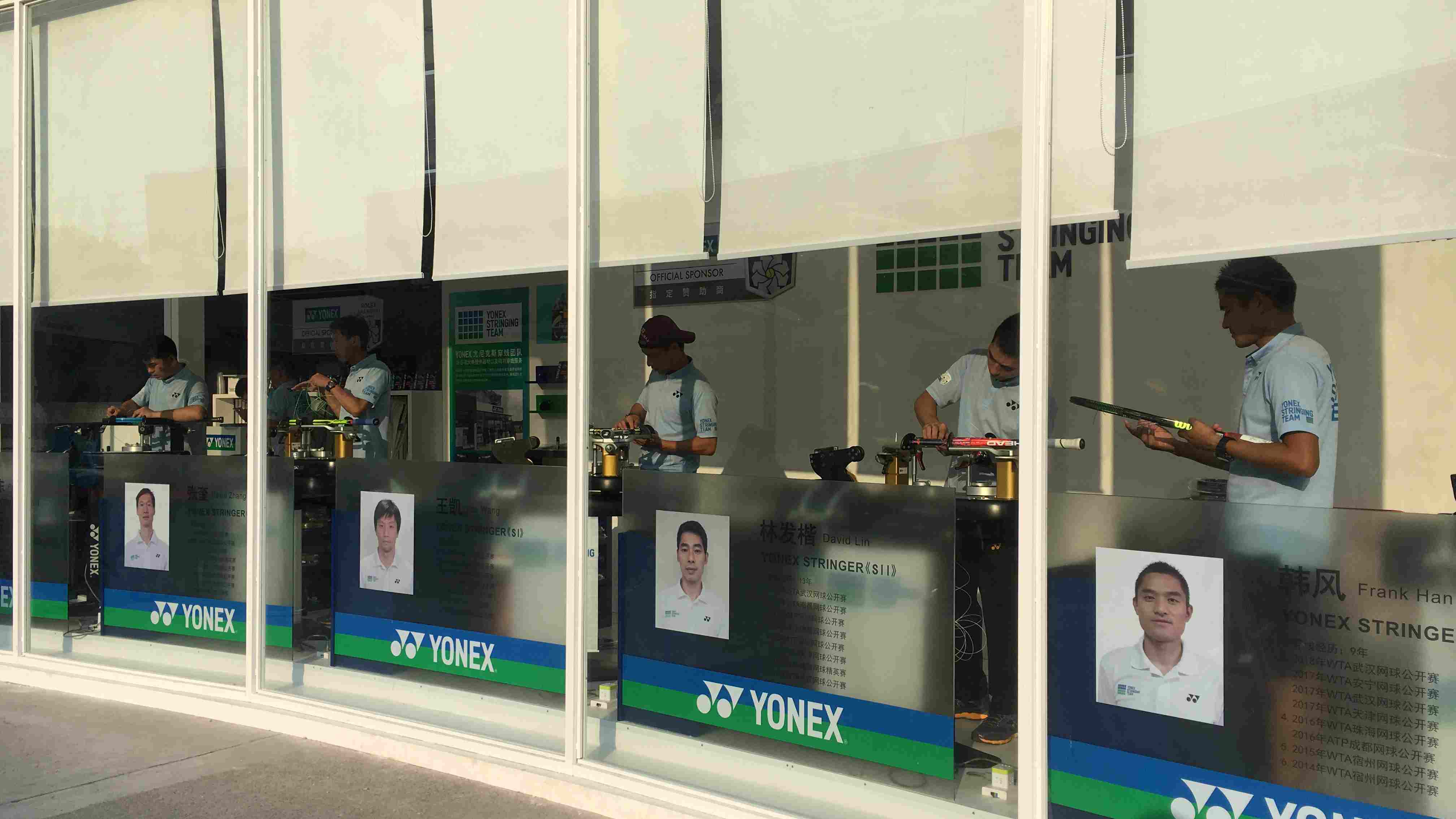
As Asia's biggest and most important tennis tournament- Shanghai Masters- gets underway, a CGTN reporter speaks with a group of unsung heroes: some racket stringers.
A racket is to players what a weapon is to soldiers. Stringers do not just simply install the strings onto the rackets, but rather, make customized rackets that satisfy players' personal requests, as subtle factors can affect a player's performance, including string material, how tight the string is, and even grips due to changing temperatures and humidity.
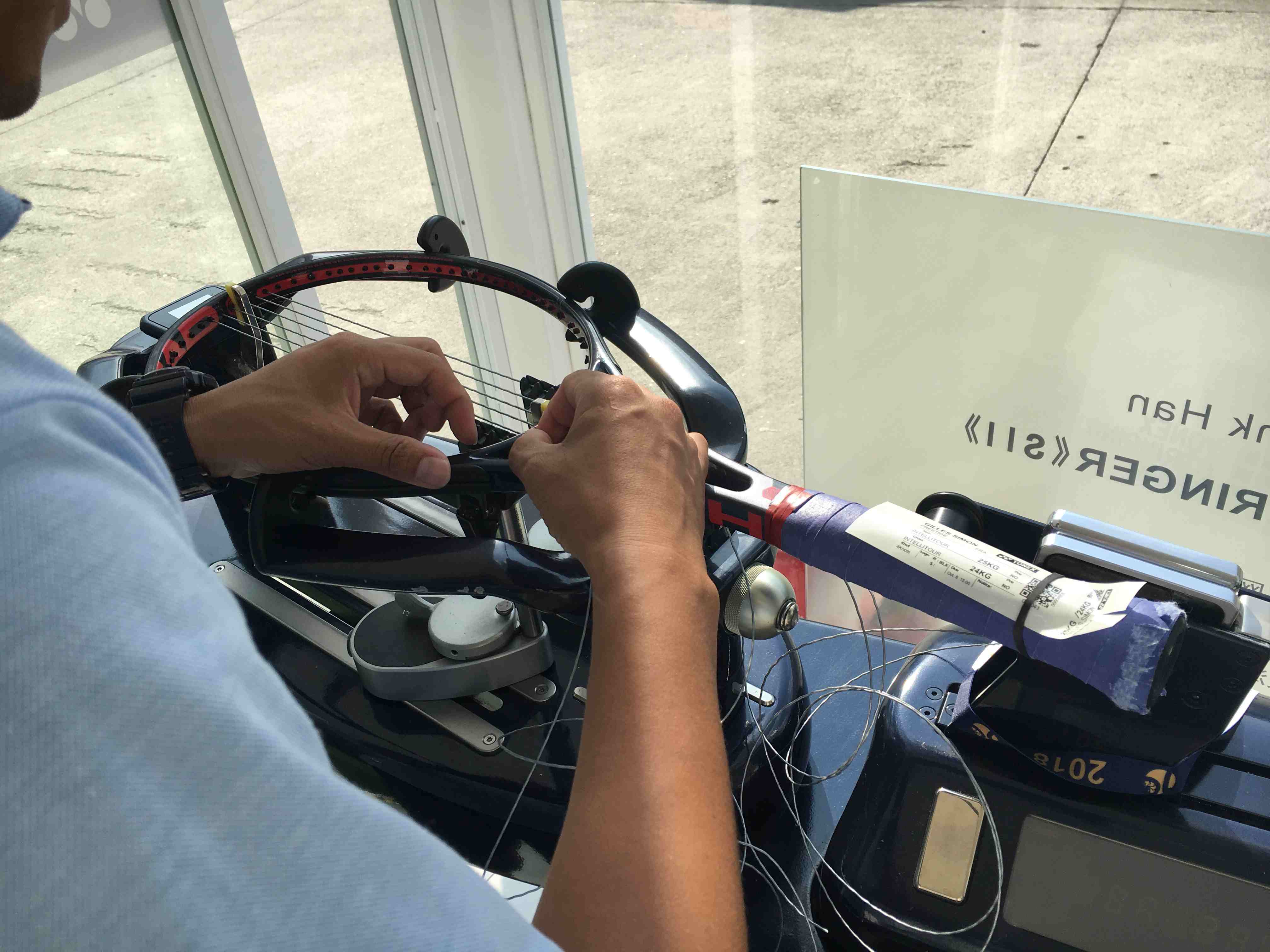
CGTN Photo
CGTN Photo
"It is just like professional drivers who keep changing tires and breaks," says Stanley Wong, who has been a stringer for the past 28 years. Originally from Hong Kong, Stanley is one of the very first few to help cultivate the industry on the Chinese mainland and his customers range from Andy Murray to the Australian national tennis team.
"For every professional tennis tournament, they need the stringers' service. It's a tough job. You have to stand for 10-12 hours a day, you can't sit in front of a stringing machine. There are no chairs," Stanley goes on to say, "normally it takes around 17 minutes to finish one piece, and every stringer has to finish 20-30 pieces a day."
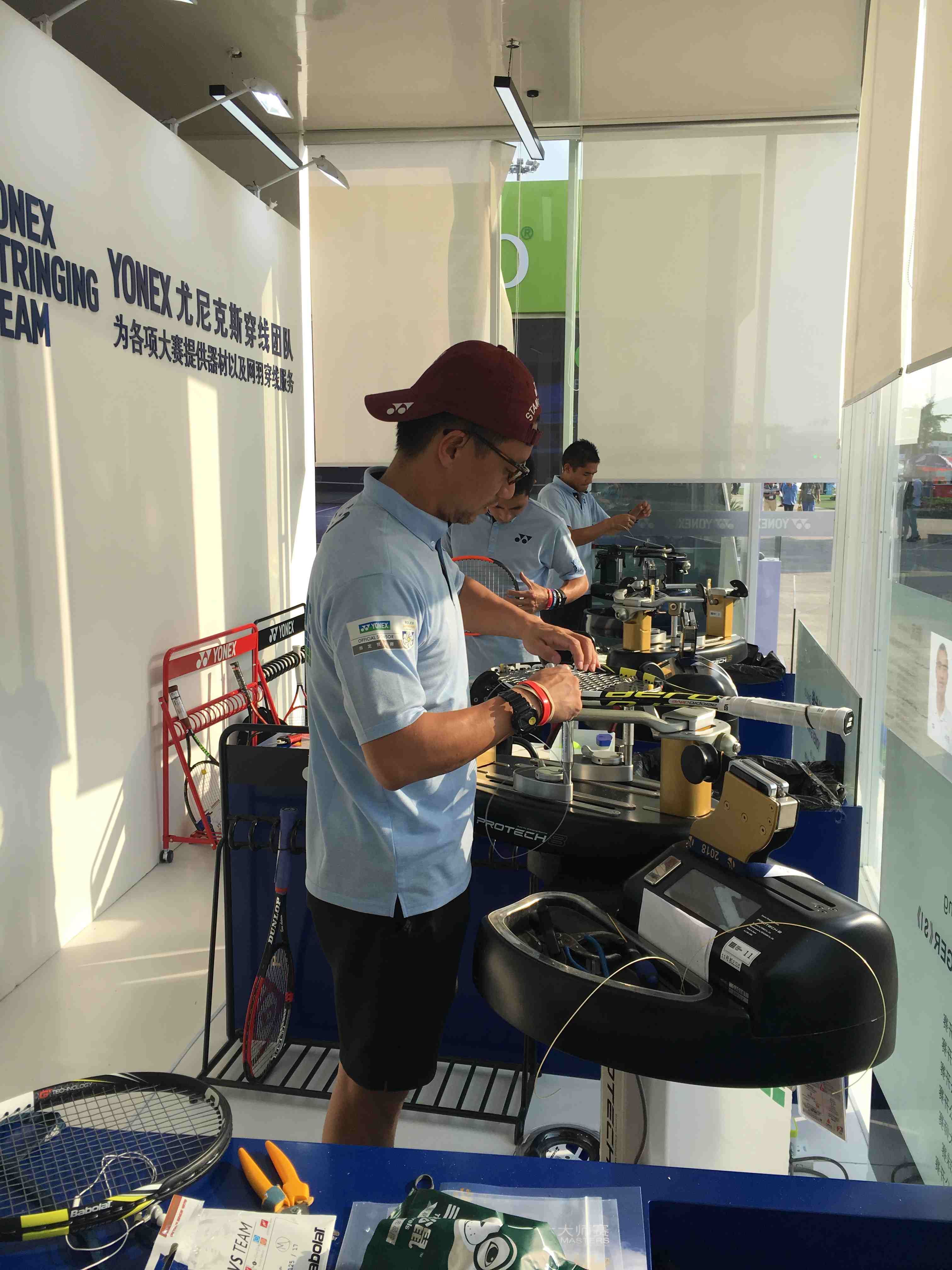
CGTN Photo
CGTN Photo
Theoretically, during each tournament, stringers should be ready to work half an hour before the first tennis player's schedule, and leave half an hour later after the last players finish their game; however, working extra hours is almost their daily practice.
Stanley explains "except some top players who have their own personal stringers, most players use our services. Every racket is tailor-made as different players have different customs. Some are more sensitive to weather changes and picky with their rackets. Every time we cut the strings and make a brand new one." At the same time, stringers also have to weigh and balance rackets to adjust them precisely.
Despite the hardship, Stanley does enjoy the pleasure of forging special ties with players whom they grow up together with, "Stringers have to work from low to high for experience, just like any athlete, which is a long road. Only the best stringers can serve at ATP 1000. We began to work with Australian tennis player John Millman when he first started with ITF Futures, we all knew him well. And then he got better and better, now he has made it to Shanghai Masters. We clap for him now."
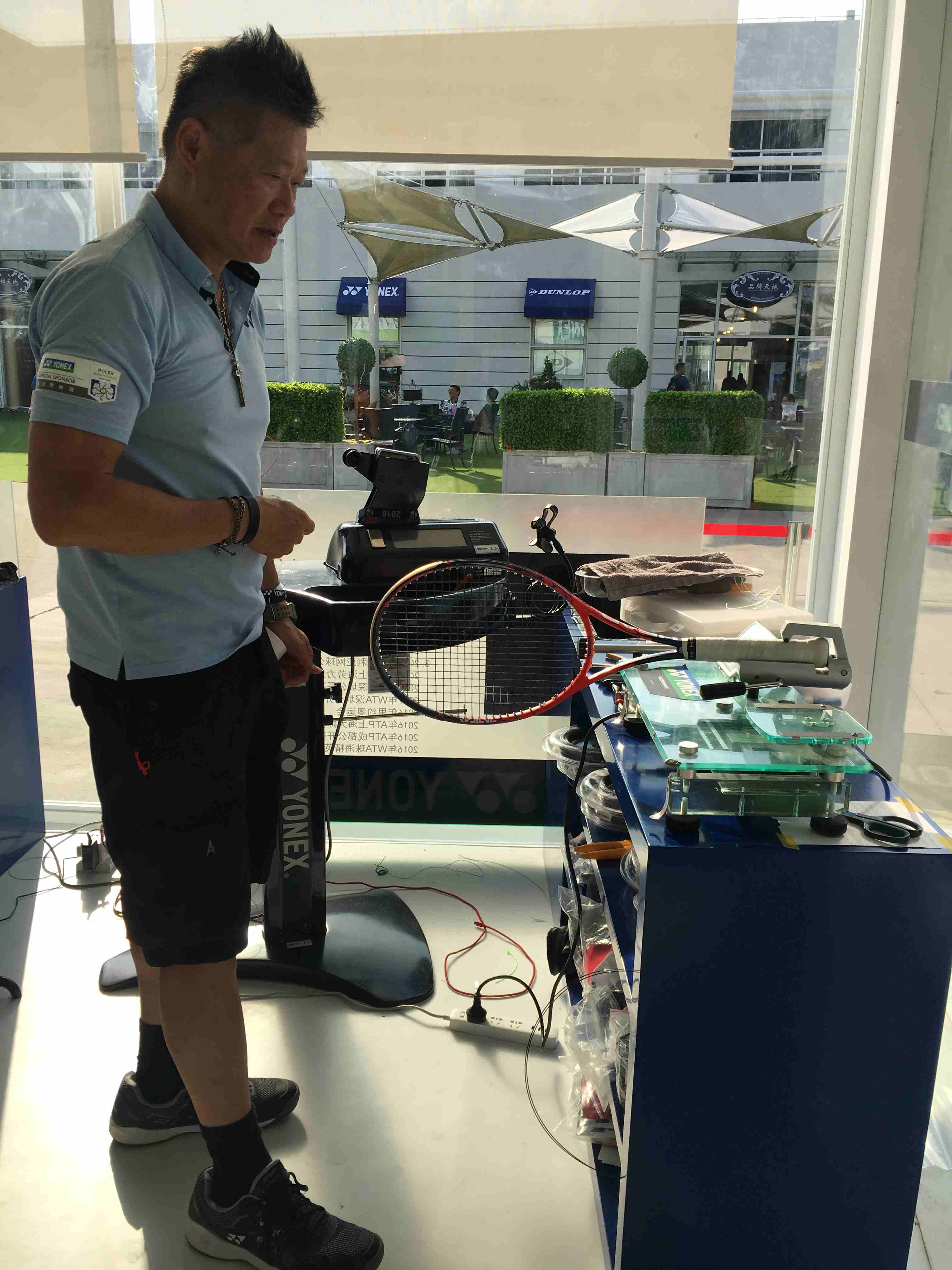
Stringer Stanley Wong is adjusting a racket. /CGTN Photo
Stringer Stanley Wong is adjusting a racket. /CGTN Photo
According to Zhang Kui, who was the first Chinese stringer at Australian Open in 2016, they treat every player and racket equally, "I feel honored to work at Australian Open, but I treat every racket the same whatever the tournament class is, let it be tennis stars or amateur players."
As tennis has been going vogue in China in recent years, the country now ranks the world's 4th biggest country to host professional tennis tournaments, with more than 40 events held annually, it also gives Chinese stringers great opportunities.
"We feel very fortunate that the number of tournaments held in China has increased rapidly. There is more than one event every month, sometimes three or four. It is helpful for us to improve our skills, as we spot problems by communicating with players. As you can see, there are all Chinese stringers at Shanghai Masters, which means that we are gaining international recognition these days," said Zhang.
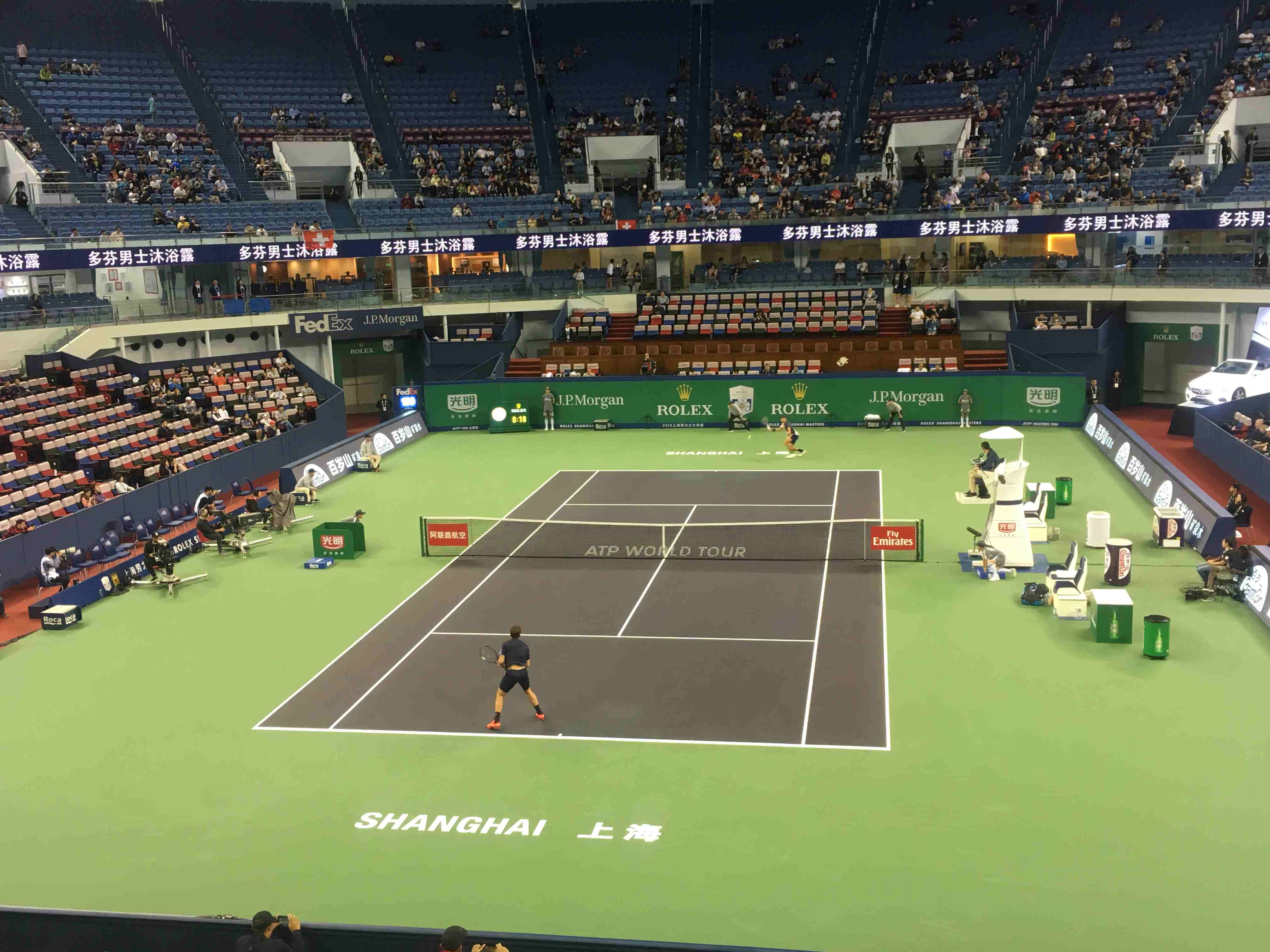
CGTN Photo
CGTN Photo
For those who want to be stringers serving at big tournaments, Zhang Kui advises to, "start from the very bottom, gain experience, be patient, and get qualified for bigger events. Rome was not built within a day."
2018 Shanghai Masters features dozens of top male tennis players from around the world including defending champion Roger Federer, Novak Djokovic, Stan Wawrinka and Borna Coric and will be on between October 6 to 14.

SITEMAP
Copyright © 2018 CGTN. Beijing ICP prepared NO.16065310-3
Copyright © 2018 CGTN. Beijing ICP prepared NO.16065310-3